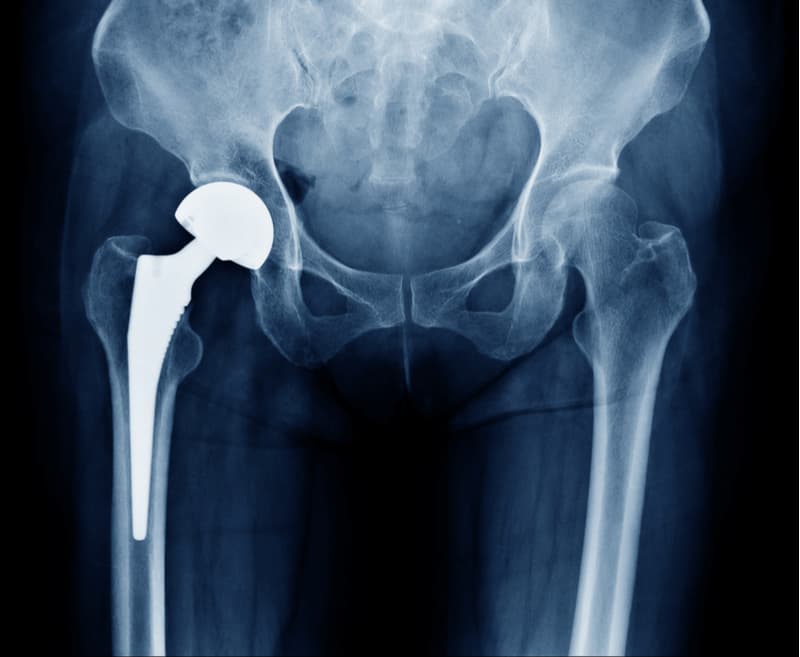Anaesthesia refers to the use of medicines, called anaesthetics, that keep you from feeling pain.
Types of anaesthesia
Anaesthesia is used during medical tests and operations to numb areas of the body. It works by blocking the nerve signals that keep you aware of sensations in your body. Some anaesthetics will also block the nerve signals that keep you awake, causing you to stay unconscious until it has worn off.
Anaesthetics can be given as a topical ointment, spray, drops, gas that is breathed in, or through an injection directly into a vein.
Anaesthesia is given to you by an anaesthetist (a doctor who has had specialist training) who will ensure the levels are just right throughout any procedure you have.
We offer three different types of anaesthesia at The Horder Centre:
General anaesthetic
General anaesthetic is a combination of different medications that cause deep sleep. This type is most commonly used in operations or procedures where you need to be unable to move and completely relaxed. When woken up from general anaesthetic, you can be unaware of what is happening and feel confused. However, this will wear off within the first few hours.
Most of the time, general anaesthetic is given through a drip into a vein and it only takes around 30 seconds to start working. Other times, general anaesthetic is administered through gas in a face mask, which, again, takes 30 seconds or so to work.
General anaesthesia is used for any surgery where it is safer for you to be unconscious, or more comfortable (for example, for a surgical procedure that takes multiple hours).
Benefits of general anaesthetic
The main benefit of general anaesthetic is that it makes long or complex surgical procedures possible. General anaesthetic sends you to sleep during surgery — without it, surgery would be very painful.
Other benefits include:
- Your breathing and blood pressure can be managed effectively during the procedure, reducing the risk of complications
- It can be given quickly in an emergency and it works fast
- It can be reversed quickly once the procedure is over
- It can be used for many hours at a time
Risks of general anaesthetic
General anaesthetic has some minor safety considerations such as nausea and vomiting, muscle aches, headaches, difficulty passing urine and a sore throat.
However, there are potentially serious complications such as loss or change of hearing, nerve injury, heart attack, stroke and an allergic reaction. Some people may have an inherited reaction to general anaesthetic that causes breathing difficulties.
More serious complications can be more likely to occur if you are having emergency surgery, smoke, have poor overall health or are overweight. Your anaesthetist will go over any possible risks with you before your surgery and provide recommendations that lower the risk of complications.
Local anaesthetic
Local anaesthetic is injected into a certain area of your body to numb the surrounding tissues.
This type of anaesthesia works temporarily by blocking the nerves that cause you to feel pain. It is also possible to numb larger areas such as your whole arm or leg with a nerve block local anaesthetic.
Local anaesthetic doesn’t cause you to fall asleep, meaning you will be awake during the procedure. Because of this, local anaesthetic can be quicker to recover from.
Local anaesthetic can also be used after a procedure to relieve any pain. It only takes a few minutes for this type to start working and although you won’t feel any pain, you could still feel some pressure in the area.
Local anaesthetic can be administered as a cream, gel or spray, not just as an injection. This makes it widely usable for many different procedures. Some examples include:
- Removal of moles, verucas or warts
- A biopsy
- Some types of eye surgery such as cataract surgery
Benefits of local anaesthetic
Local anaesthetic has many benefits when compared with general anaesthetic.
The most beneficial advantages of local anaesthetic include:
- It does not cause you to lose consciousness
- Recovery is faster when compared to general anaesthetic
- It can be used as pain relief after surgery
- It has fewer side effects
- It can be used to numb just one area of the body
Risks of local anaesthetic
Local anaesthetic is typically very safe and serious complications are uncommon. The side effects of local anaesthetic are short-lived and can include dizziness, headaches, blurred vision and continued numbness.
An allergic reaction is possible, but it is very rare. Similarly, cardiac arrest and seizures can develop but only in extremely rare cases.
Spinal anaesthetic
Spinal anaesthetic involves injecting local anaesthetics and other pain relief medications into the back near your spinal cord. This numbs the nerves in the area and works to ease pain. The numbing usually lasts for up to three hours, but the anaesthetist will always make sure there is enough given to last longer than the operation.
Spinal anaesthetic doesn’t cause you to become unconscious.
Spinal anaesthetic can be used on its own or alongside general anaesthetic. A spinal can also be used after your operation to give effective pain relief.
Benefits of spinal anaesthetic
Spinal anaesthetic can be beneficial in many ways. The benefits of spinal anaesthetic include:
- Immediate pain relief after surgery
- Reduced need for strong pain relief medications
- Fewer side effects when compared to general anaesthetic
- Reduced impact on the heart and lungs
- Fast recovery once it wears off
Risks of spinal anaesthetic
Spinal anaesthetic has some safety considerations too. Complications that can arise include backache, headaches, nausea and vomiting.
Rarely, a severe complication can develop called total spinal anaesthesia. This is when the anaesthetic has an adverse effect and causes problems such as paralysis, coma, bradycardia (slow heart rate) and hypotension (low blood pressure).
Safety considerations
Although there are benefits to using anaesthetic, that doesn’t mean there aren’t risks that need to be taken into account too. Some risks can be minor, but some of them can be severe and even life-threatening (though this is unusual).
Before any surgical procedure, an anaesthetist will assess your current health and age, as well as other lifestyle factors such as your weight, to determine what risks anaesthesia could pose to you.
Being older, overweight, smoking or having other health issues already can put you at a higher risk of complications. This is why a local or spinal anaesthetic may be used if going under general anaesthetic is too risky. In other cases, the surgery might not be able to be done at all if you must be asleep during it.
While there are lots of safety considerations with all types of anaesthetic, severe complications are extremely uncommon and an experienced anaesthetist will ensure the risk of problems is as low as possible.
What makes Horder Healthcare unique
Horder Healthcare is committed to providing the very best quality of care for our patients and customers. We are continuously working on improving and reducing risks and this is reflected in our consistently high CQC results, patient satisfaction questionnaires and minimal levels of infection.
We are a charity
We reinvest our profit to benefit more people and help us achieve our aim of advancing health.






